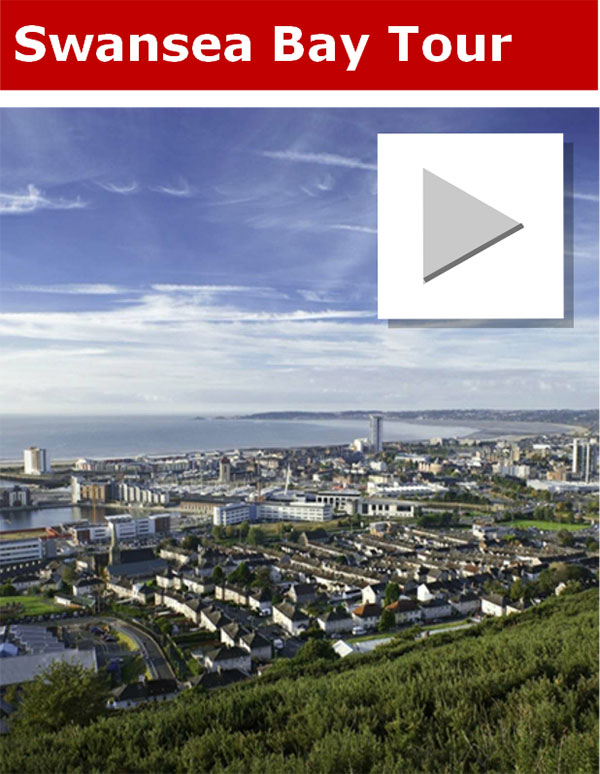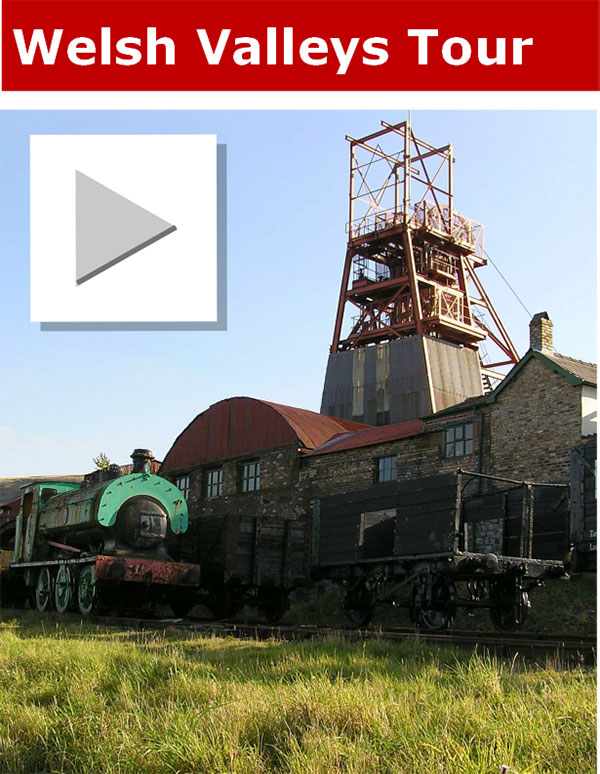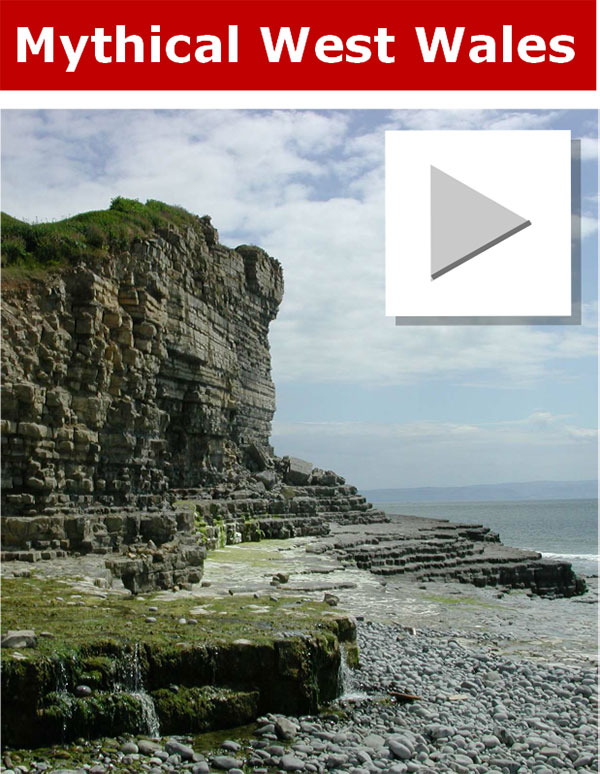
ABOUT WALES
Discover the history and beauty of Wales
Wales’ history is deep and rich. This land has had many influences and has been shaped by the great movements of European and World history.
ANCIENT WALES
Exposed to the winds and rains of the north west Atlantic, Wales has often been seen as on the periphery of major European events. However since ancient times the ocean has been seen as a high way rather than a barrier and much of what shaped this land we now call Wales came from across the sea. Wales’s history is linked to the rest of Britain but it does have a uniqueness all of its own.
Very little is known about what kind of society existed in Wales during ancient times. At the end of the ice age in around 8000BC people began to settle in Britain from modern day France and Spain. The majority of modern British DNA came from these initial migrations with the invasions that followed adding to the tapestry that make us who we are. For thousands of years little is known about what was going on in Wales. In around 2500BC Stonehenge was created in Wiltshire for reasons that are still obscure. Many of the stones used in the construction were from Pembrokeshire so we can surmise that the people in Wiltshire and the people of South West Wales had some form of common understanding. Farming arrived in Britain from the continent around 6000 years ago changing the shape of the countryside. In the millennium before Christ a culture moved into Britain from a people that we now call Celts. Previously it was thought that there was a Celtic invasion from Europe but it is now generally agreed that it was a movement of culture rather than a mass movement of people. Whatever the truth is, the language that we now call Welsh was formed during this time from influences from across the sea. People in Britain from Cornwall to Strathclyde spoke ancient Brythonic up until the middle ages and this is the ancestor of Welsh or Cymraeg.
WALES AND THE ROMANS
In 43AD Britain was invaded by the Romans. At this point Rome was under the control of Emperor Claudius who saw invading Britain as good publicity for his reign. It was the Romans that named the Island Britannica, the Island was said to have been settled by Brutus in his flight from Troy, thus giving the island a classical past. Britain had precious minerals that the Romans wanted, it was fertile and it was also seen as a place where trouble was being allowed to fester. It was the centre of Druidism, a pagan religion of mysterious origins that had once spread across Europe. After Julius Caesar’s invasion of Gaul (modern France), Britain was seen to be acting as a refuge for potential insurgents. When the Romans did invade Britain they massacred all the druids on Anglesey (Ynys Mon), their holiest site. Christianity was eventually introduced to the Island and Wales began to convert to the new religion. Wales’s patron saint, Saint David was born in West Wales in the 6th century whereas Ireland’s patron saint, Saint Patrick is said to have been born in Banwen, a then Roman fort near Neath in the late 5th century. Writing was introduced through the Romans and Britain was relatively stable for 4 centuries. The sites of Caerleon and Caerwent are testament to the Roman influences on Wales. Once the Romans left in the 5th century a power vacuum existed that needed to be filled.
WALES IN THE DARK AGES
This point in time is known as the dark ages. Very few artefacts exist from this period and it is thought to be a time of chaos and war. It was during this period that English tribes from across the North Sea called the Angles, Saxons, Frisians and Jutes began to settle the east of coast of Britain. The English took their name from the Angles but the Welsh refer to them as the Saesneg from the Saxon tribe. These warlords were attracted by the promise of easily available land and during the 5th, 6th and 7th centuries they began to forge kingdoms in what is now England. It was indeed these invaders who named Wales and the Welsh, a name that roughly translates to foreigner in old English. This is the era of Arthur and Merlin who are Welsh heroes. The name of Arthur is derived from the Welsh for bear which is Arth, whereas Merlin was said to have been from Carmarthen. These were not English figures but symbols of the ancient British struggle against the invaders from across the sea. They are figures wrapped in myth and mystery and their roots are deeply embedded in Wales.
WALES AND THE VIKINGS
In the late 8th century the Vikings began to raid the British Isles from their homes in Scandinavia but their impact on Wales was not as great as in other parts of Britain although the names of Swansea and Anglesey are of Viking origin. Viking in Old English meant pirate and Wales’s coast had for hundreds of years fallen victim to pirates, especially from Ireland who created Kingdoms in West Wales.
WALES AND THE NORMANS
The Norman invasion of 1066 was a pivotal moment in Welsh history. Before this Wales had been left, pretty much to its own devices, it was a patchwork of principalities ruled by individuals. These times have shaped the ancient counties of Wales; Dyfed, Gwynedd, Powys, Glamorgan and Gwent used to be separate entities ruled by men of great power. From 1066 this began to change. Large swathes of Wales in the south and east began to be run by semi-independent marcher lords who were appointed by the king but held great power of their own. In the north the men of Gwynedd held off the threat, strong and independent. For the centuries that followed the power of the Welsh princes in the North and East gradually declined until the invasions of Edward I were completed in 1284, this was the final nail in the coffin of Welsh independence. The first son of the King of England from this point onwards was crowned the Prince of Wales. This was the period that many of the main castles in Wales were built. Some examples of Norman castles can be seen at Caerphilly, Pembroke and Kidwelly. Wales briefly hit back when Owain Glyndwr declared Welsh independence in the early 15th century but this was short lived. Henry VII, a Welshman born in Pembroke Castle won the English crown in 1485 but both he and his son Henry VIII were responsible for uniting England and Wales. Henry VIII also broke with Rome creating the Church of England which meant the dissolution of the monasteries, the relics of these once great seats of learning and power can be seen at Tintern, Neath and Margam.
WALES IN THE MIDDLE AGES
During the period of the middle ages up until the time of the industrial revolution Wales was an agrarian society based mainly on the rearing of livestock. The vast majority of the common people spoke Welsh with the landowners speaking English. Welsh did have a helping hand when the bible was translated into Welsh during the time of Henry VIII, this helped the language live on through the Welsh Chapel.
WALES AND THE INDUSTRIAL REVOLUTION
A massive change came to Wales in the 18th century. The ready availability of good quality coal meant that Wales boomed in the industrial revolution becoming the world’s first industrial nation. People travelled to Wales from far and wide to work in the iron, copper, slate and coal industries. The population of South Wales soared with former villages transformed into modern industrial towns and sleepy harbours like Cardiff, Swansea and Newport becoming bustling ports. Wales was at the forefront of all things industrial and these buildings still dot the landscape of South Wales. It was during these times that the iconic terraced houses began to trace the valley sides as mine owners wanted to pack as many workers into the valleys as possible. This was the era that shaped modern Wales with newcomers flooding into the valleys. Many of these economic migrants came from England as did the owners of the mines and iron works. The result of these changes meant the decline of the Welsh language in the south while the difficult living and working conditions caused a lot of resentment towards the English owners of industry.
Heavy industry in Wales lasted mainly from the 18th century until the 1980s. There are still examples of heavy industry like the Port Talbot Steel Works that loom large over the town but generally people work in other sectors. Many modern factories opened up in the 1960s and people began to work in things like the service industries. The decline of industry caused many social and economic problems for the valleys of South Wales that have still not been entirely solved. In 1997 Wales achieved devolution which acts as partial independence. Wales is changing as it always has, adapting to the challenges of the modern world.
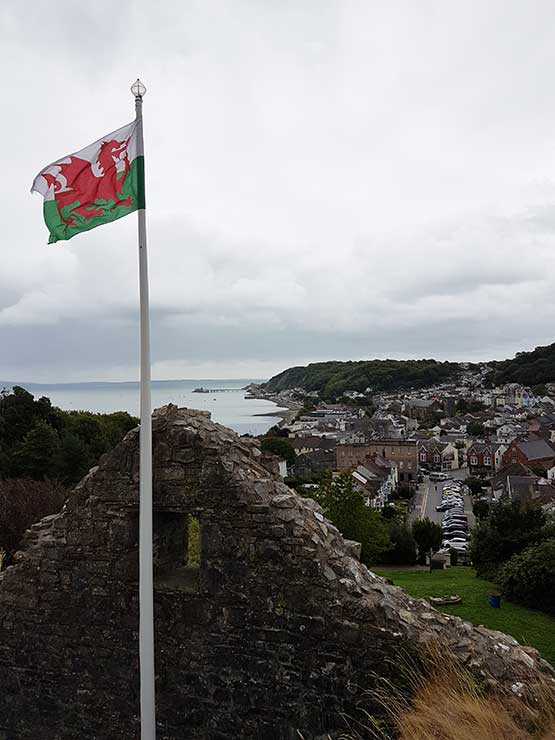
The Romans Invaded
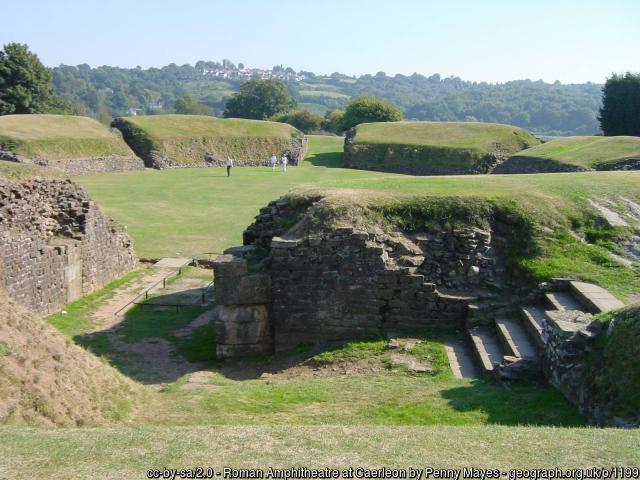
Roman Amphitheatre at Caerleon
The Normans Invaded
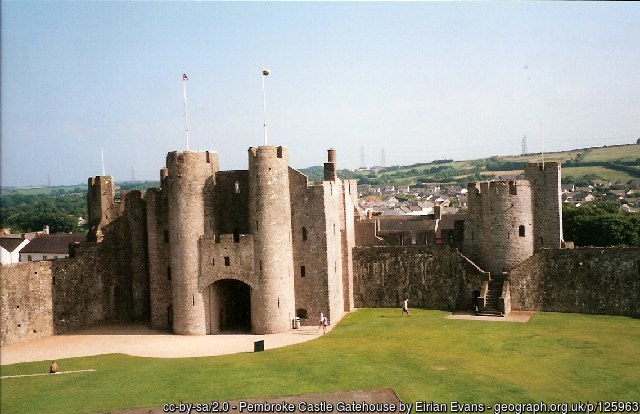
Pembroke Castle Gatehouse
The Industrial Revolution

Pembrokeshire coastal path
Wales Achieved Devolution
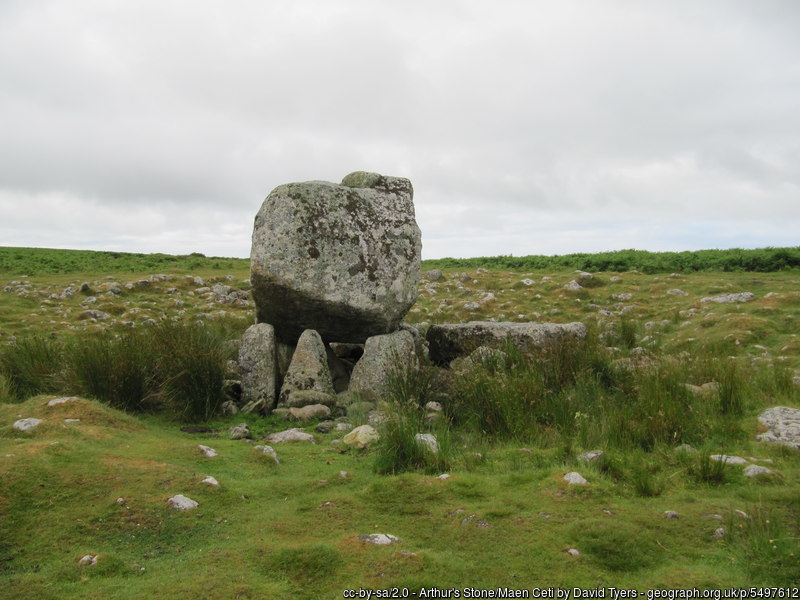
Arthur's Stone / Maen Ceti
Neolithic burial chamber on Cefn Bryn
BOOK A DAY TOUR
ADULTS – from £79 per day
UNDER 16’s – from £69 per day

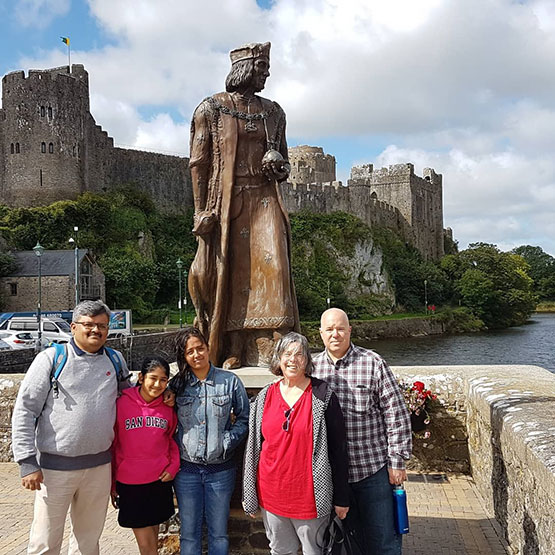

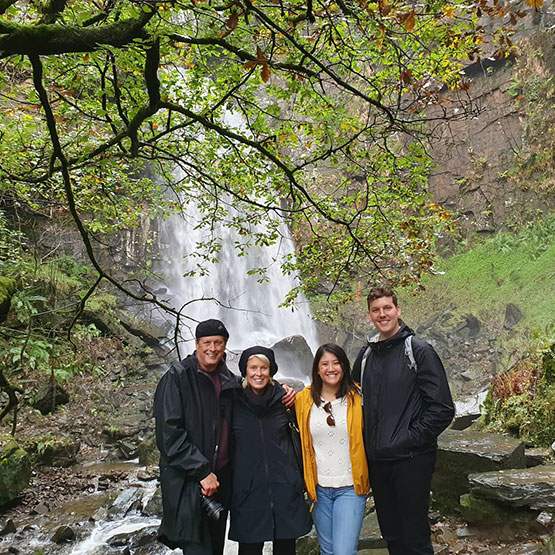
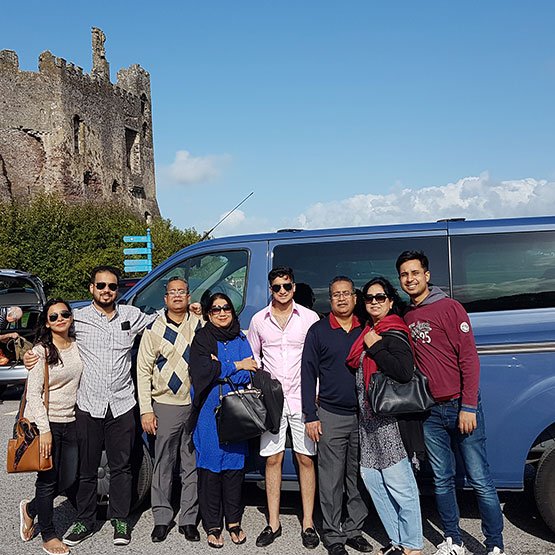
We came to visit the wonderful lands of Wales, and this tour was certainly the highlight! If you would like to know more about the history of Wales and Pembrokeshire, this is the perfect tour. Thank you, Gareth, for an amazing experience!
Had a fantastic time in Wales. The tours are a must-do. Gareth being a history teacher knows his stuff. He’ll go the extra mile. Highly recommend.
Outstanding,friendly service. Couldn’t do enough for our Spanish visitors who were keen to see real Welsh culture. A Welsh speaker with a fantastic knowledge of the history of South Wales. Diolch yn Fawr.
BOOK A DAY TOUR


